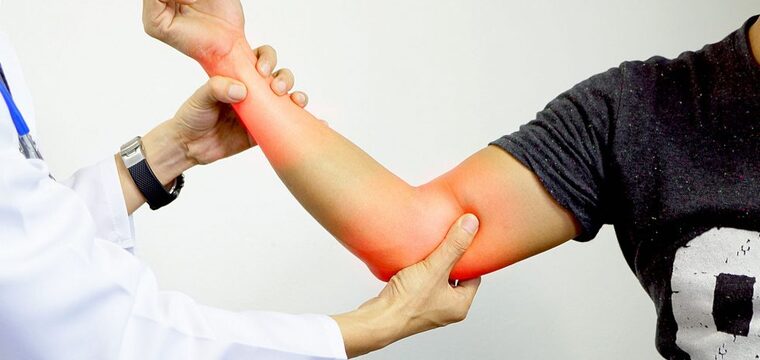
Total Knee Replacement (TKR) is a surgical procedure that replaces damaged knee joints with artificial implants to alleviate pain and restore mobility. As the population ages and the demand for joint replacements increases, understanding the role of physical therapy in TKR recovery becomes crucial. Physical therapy plays a pivotal role in enhancing post-surgery outcomes, promoting optimal healing, and enabling patients to regain an active and independent lifestyle.
In the immediate post-surgery phase, physical therapy focuses on managing pain and inflammation while preventing complications. The therapist guides patients through gentle exercises to increase joint mobility and strengthen the surrounding muscles. This phase is essential for preventing stiffness and muscle atrophy.
As the recovery progresses, the physical therapy program becomes more comprehensive and tailored to individual needs. Therapists incorporate exercises that target the quadriceps, hamstrings, and calf muscles to build strength and stability. Range of motion exercises is intensified to restore joint flexibility fully.
Learning to walk with the new knee joint is a crucial aspect of rehabilitation. Physical therapists teach patients proper gait mechanics to ensure a natural and balanced walking pattern. They also use assistive devices, such as canes or crutches, if necessary, to facilitate safe mobility.
Functional training is an essential aspect of the rehabilitation process. Patients are encouraged to perform tasks that simulate real-life activities to regain functional independence. This could include getting in and out of a chair, climbing stairs, or walking on uneven terrain.
Physical therapists employ various techniques to manage post-surgery pain without relying solely on medications. Modalities like ice or heat therapy, ultrasound, and transcutaneous electrical nerve stimulation (TENS) are used to alleviate discomfort and promote healing.
While this article mainly focuses on total knee replacements, it is worth noting that physical therapy also plays a critical role in recovery for other joint replacements, such as ankle and shoulder replacements. Similar principles apply, where exercises and therapies are tailored to the specific joint and individual needs.
Incorporating Technology:
Some modern physical therapy clinics, like OrthoTexas, embrace cutting-edge technologies to expedite the recovery process. Advanced equipment, such as robotic-assisted devices, can aid in precise joint movements, optimizing rehabilitation outcomes for joint replacement patients.
Patient Education:
Beyond the physical aspect, physical therapists also educate patients on self-care techniques, home exercises, and lifestyle modifications to maintain the progress achieved during rehabilitation. This empowerment fosters a proactive approach to long-term joint health.
In conclusion, physical therapy plays a crucial role in total knee replacement recovery, as well as other joint replacements. By designing personalized rehabilitation plans, managing pain, and focusing on functional improvements, physical therapists empower patients to regain mobility, independence, and a better quality of life. Embracing the expertise of physical therapists and following their guidance can make a significant difference in the successful recovery and long-term well-being of joint replacement patients.
|
|